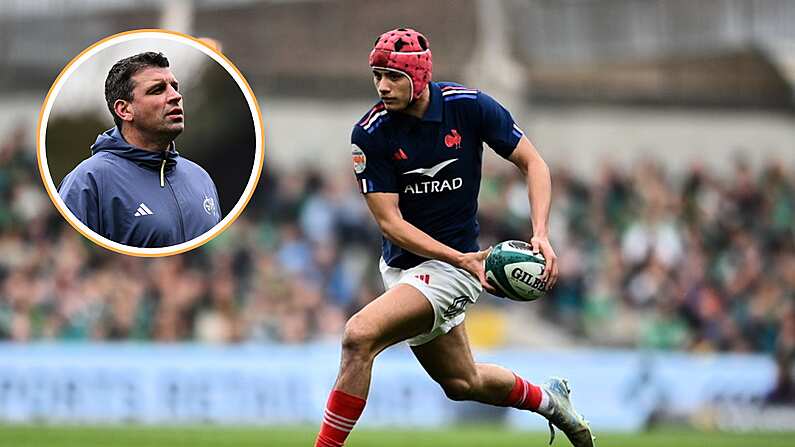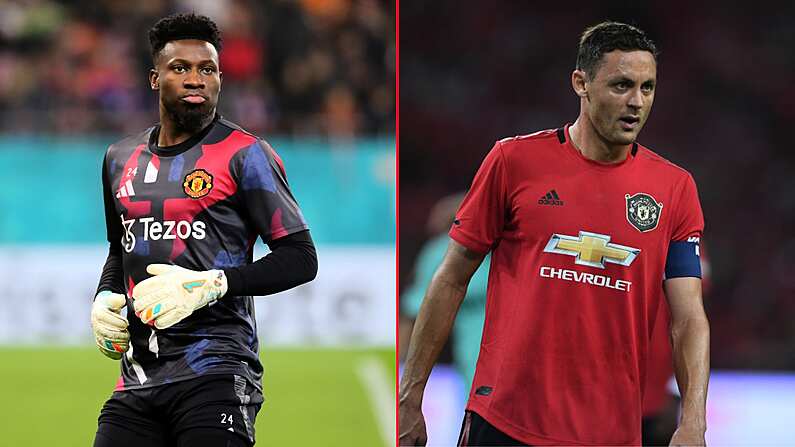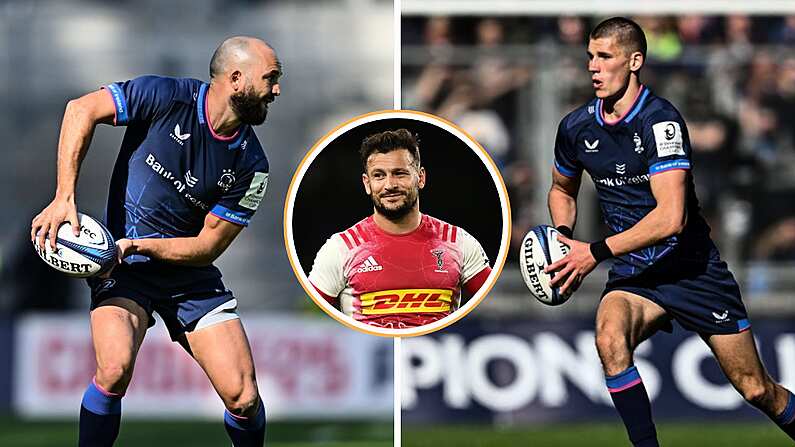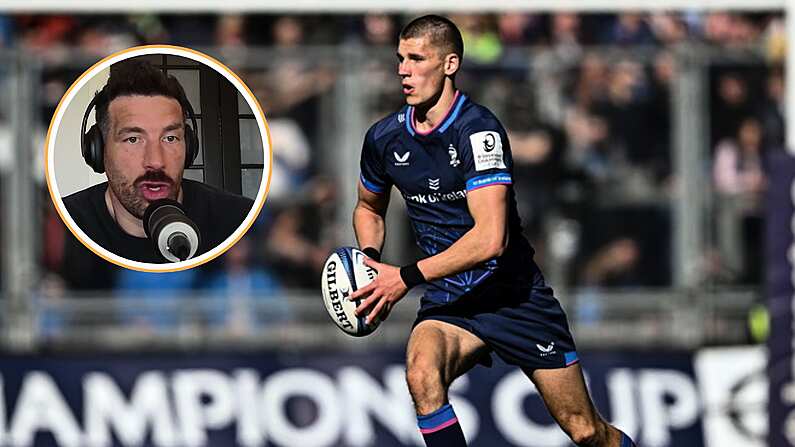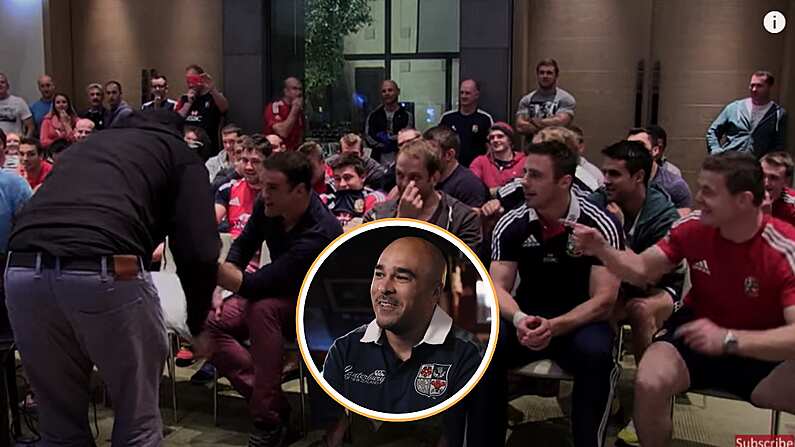In what could only be described as the biggest rugby upset of the year, a combination of new-found English confidence and a subpar performance by Ireland saw Andy Farrell's men suffer a single-point loss in Twickenham, ending their back-to-back Grand Slam hopes.
However, footage from the match highlighted a game-changing moment in the build-up to England's final try, where wing Tommy Freeman took the ball into touch just moments before Ben Earl scored. While, that would've ruled out the try, Nigel Owens has revealed why the TMO was unable to intervene and potentially save Irish heartbreak.
Earl's try was England's final of the day and ultimately proved decisive, giving them a 20-17 lead over Ireland with twenty minutes left to play. Despite James Lowe returning a try himself, the conversion miss from Jack Crowley left the game in the balance with only two points separating the sides before Marcus Smith's last-minute drop goal tipped the scale in England's direction.
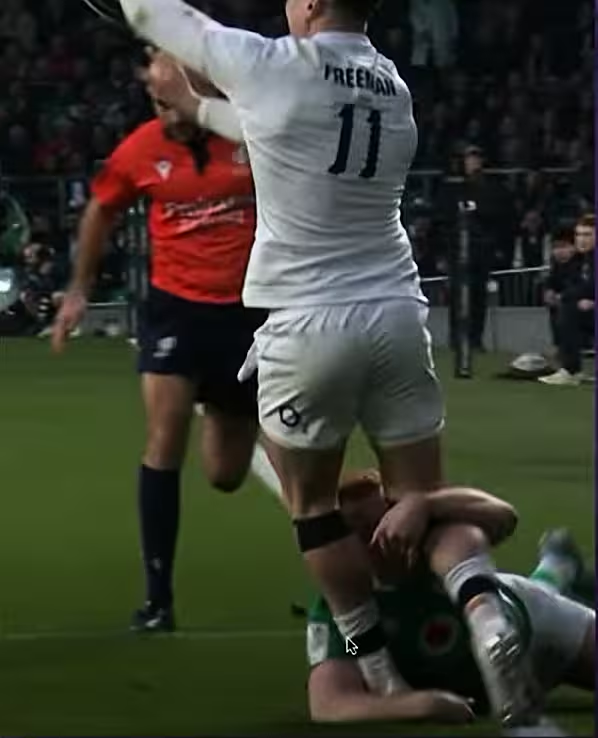
READ ALSO: Ex-All Black Thinks England Loss Shows True Nature Of This Ireland Team
Nigel Owens explains why England try couldn't be overturned
While fans of rugby will be well accustomed to seeing TMO intervention and even tries being overruled for the most trivial of reasons, it was in fact a trivial rule that prevented the TMO from intervening and ultimately cost Ireland.
Speaking on Whistle Watch, Nigel Owen's first explained why the match officials missed it on the day, adding that there was little more they could do, before, explaining the trivial rule that left England's try on the scoreboard.
Is it (Freeman's foot) in touch, yes it is, the footage shows that it is so we can't deny that. Look at the position of the touch judge here there is no other real position that he can be in. So its very very difficult to see with bodies in front of you whether that foot is in touch or not.
We then have three phases before the try is scored! This is the key part here. You can only go back to refer to the TMO if that foot was in touch if it was within two phases of a try being scored.
Because it was within three phases its gone over the two, its now outside of protocol which means the TMO cannot come in and input to the assistant referee and referee that the foot was in touch.
You can see Nigel Owens explaining the incident from about 02:20 minutes here:
While it was Ireland suffering the consequences of the rule last weekend, it's not the first time it has proved controversial, with the All Blacks disallowed a crucial try for a knock-on in the World Cup final, despite the rules existence.
The controversy ensued when New Zealand were disallowed a try against South Africa for a knock-on in the build-up to the try. However, World Rugby allegedly privately apologised to New Zealand, confirming that the try shouldn't have been disallowed on the basis that more than two phases had elapsed since the incident.
SEE ALSO: France Have Done Ireland A Massive Favour With Team Selection For U20s Decider





